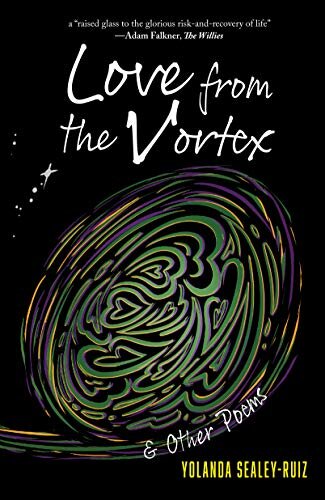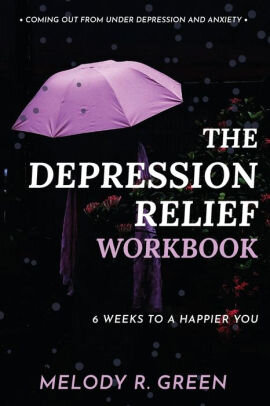When word came to him of a cruel king from a distant country who was terrorizing a nearby kingdom, he decided that this was the opportunity he was waiting for. Leaving the Queen in full command of the country they had ruled together, he instructed his ministers to assist her in all things and gathered up his finest knights to head out to help defend his neighbors.
He traveled on and on, through forests and over mountains until he reached the land where the enemy king ruled There, he engaged in battle with the forces of the foreign king, only to be defeated and taken captive.
The King was hauled away and locked in among prisoners who we replaced in chains and treated badly. By day they were forced to
plow the fields. A t night they were returned, exhausted, to the prison, where they were given barely enough food to sustain them.
Meanwhile, back in the small kingdom, the Queen governed wisely. Her subjects were happy and well and the kingdom prospered.
But the Queen longed for her husband, and when the months became a year, then two, then three, she feared he might never return.
When at last the King had found a way to send her a message, she was overjoyed. Although he was held captive, she knew now that he was alive! In his message, the King asked the Queen to sell off their castles and estates and borrow as much money as possible, so that she could deliver a ransom of gold and free him from the wretched prison.
The Queen thought long and hard about the message. She wanted to free her husband as quickly as possible because she missed him dearly and knew that raising such a large sum of money could take many months.
"Then if I bring the ransom gold myself" she thought, "this foreign king might seize the gold and imprison me, too. If I send couriers with the ransom, who will I know I can trust? And what if the ransom offer is refused or seized? This ruthless king may not want to ransom a prisoner-or he may be so wealthy he will laugh at our amount of gold."
The Queen paced her chamber in despair. "If I do as the King requests, when he returns home, he will be poor and heavily in debt. The kingdom will be impoverished, and our people will suffer. "
She thought and thought until she could think no more. And then an idea came to her. She would journey to the distant land disguised as a vagabond minstrel a lute player, and she would rescue the King herself She did not know if her bold plan would succeed but she felt compelled to try it.
She was certain the ministers would be horrified by her idea and would detain her if they could. So she cut her long brown hair, dressed herself as a minstrel boy, and left a note that she was going on a journey. With her lute in hand, she slipped out of the castle eat night, with only the light of the moon to guide her.
As the Queen journeyed, she became thin and browned by the sun. The bright colors of her minstrel cloak became dusty and worn. In a little more than a month’s time, she reached her destination.
When she arrived at the palace of the foreign king, she placed her lute in her hands and began to play and sing a mournful ballad that expressed a great longing for her heart’s desire. So beautifully did she sing, all who heard her were touched by her lament. No sooner had the king heard her lovely song than he had the singer brought before him.
"Welcome, lute player," said he. "Where do you come from?"
"My country, sire, is far away across many lands. I wander from country to country, and I earn my living with my music. "
"Stay here and play for us, then. When you wish to leave, I will reward you with what you wished for in your song-your greatest heart’s desire."
After three days of charming the king with songs both merry and sad, the lute player came to take leave of the king.
"What do you desire as your reward?" asked the king.
"Sire, I would like one of your prisoners to have as a companion on my journeys. When I hear his happy voice as I travel along, I shall think of you and be grateful."
The king agreed to this and the Queen walked about among the prisoners. A t length she picked out her husband and took him with
her on her journey home.
During their travels, the King never suspected that this thin,
sun-browned minstrel could be his Queen. When at last they reached the border of their own country, the King said, "Let me go now, kind lad. I am no common prisoner, but King of this country. Let me go
free and ask what you will as your reward."
"Speak not of a reward," answered the lute player. "Go in peace.
The two parted and the Queen took a shorter way home, arriving back at the castle ahead of the King. She changed her clothes, putting on a splendid gown and a high silk headdress, to meet her husband.
The King greeted the excited throngs of people in the castle and then turned to his Queen and said reproachfully, "Did you not receive my message? 1 wasted for a long time in prison waiting to be ransomed! Now you greet me lovingly, but it was a lute player who rescued me and brought me home. "
The Queen had planned to tell the King the reasons for her disguise in the privacy of their chambers for she feared that he would be angry she had not sent the ransom money. But before she had a chance to reply, a spiteful minister standing nearby said, "Sire, the Queen left the castle when news of your imprisonment arrived, and she only returned this day. "
At this, the King looked stricken and sorrowful. He turned away to confer with his ministers, for he had thought the Queen had deserted him in his time of need The Queen returned to her chamber and slipped on her travel-stained minstrel cloak. She picked up her lute and went to the castle courtyard where she sang the verses to the songs, she had sung in that faraway land
Upon hearing the songs, the King rushed out to the courtyard, took the lute player in his hand, and announced, "This is the lute player who freed me from prison! Now, my friend, 1 will offer you your heart’s desire. "
"I ask only your trust and love, " said she, throwing off the hooded cloak and revealing herself as Queen. "And 1 beg that you hear my story. "
A cry of astonishment rang through the hall. The King stood amazed, then rushed to embrace his wife. She then explained why she chose to use her skill as a lute player to rescue the King.
The King rejoiced in the wisdom and courage of the Queen and, in gratitude, proclaimed a seven-day feast of celebration throughout the land.




























































